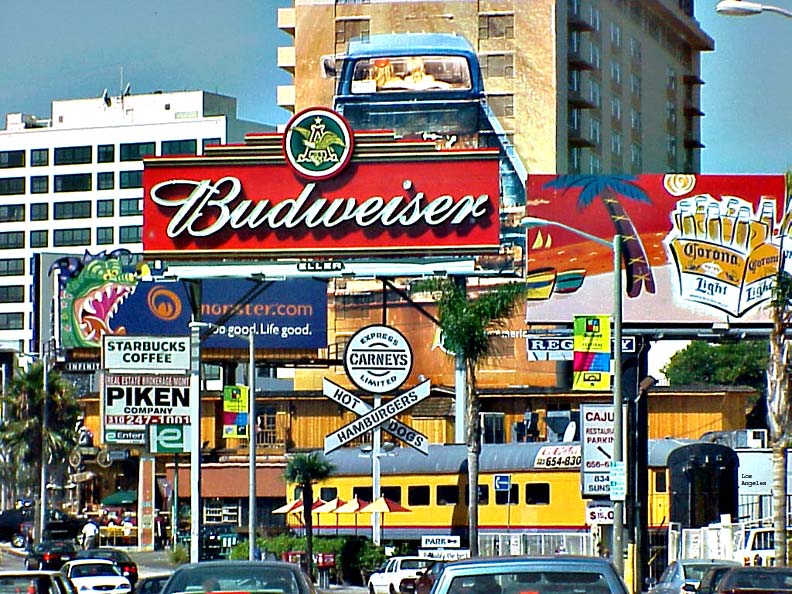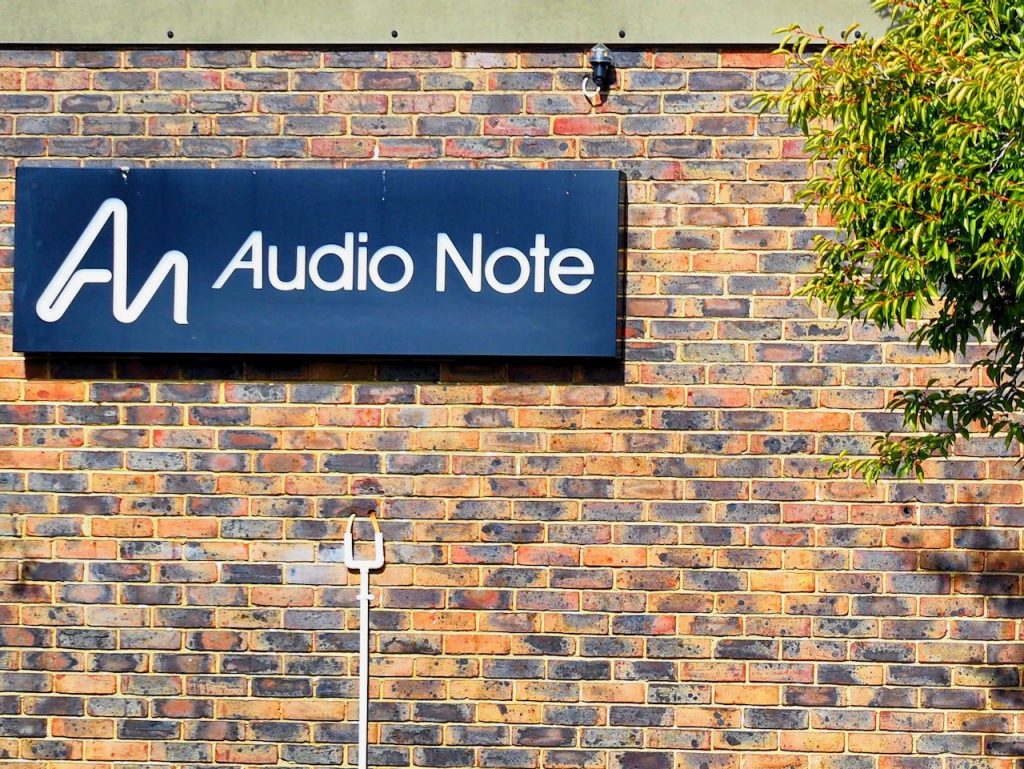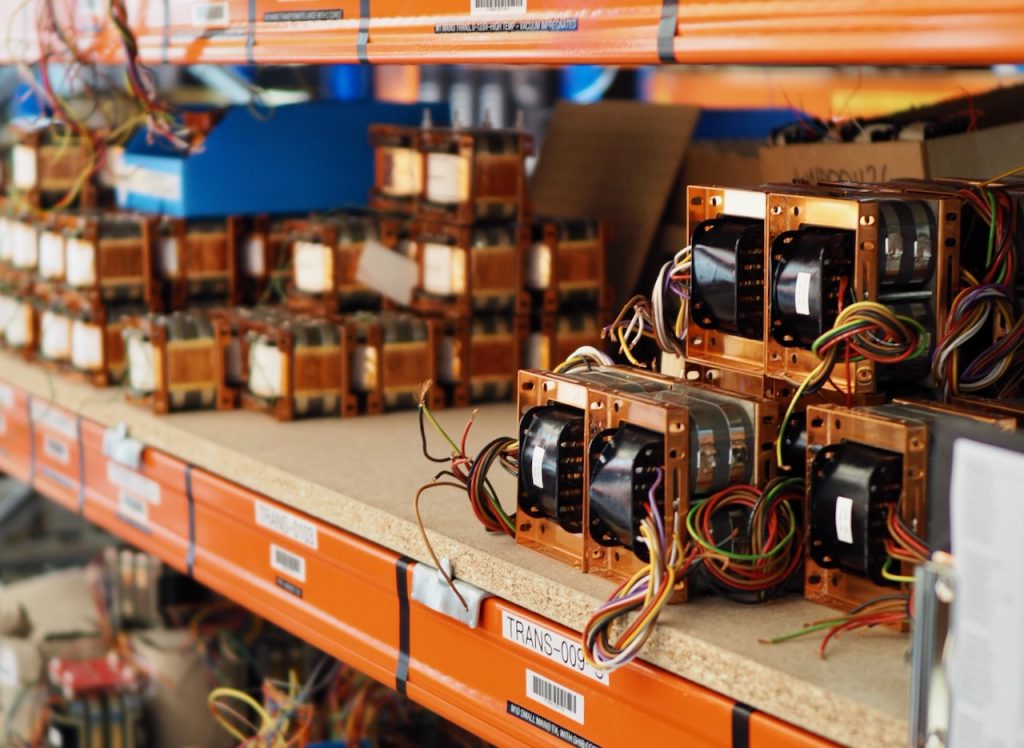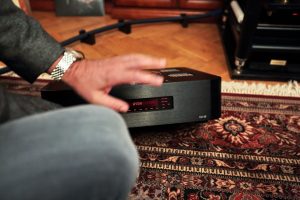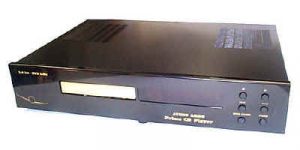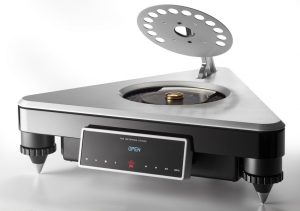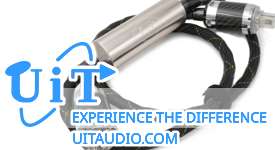My Journey into Audio
"I started dabbling a bit by importing hifi from various small manufacturers in the UK. I think it was 1974 and I had been to London, at the HiFi News Show at Heathrow. I met several small manufacturers there that were very nice, and had equipment that I thought sounded sort of reasonable."
"I opened a shop in 1979 that I still own, and that hifi shop is one of the three biggest specialty hifi shops in Scandinavia. I basically spent all my money when I opened the shop on buying equipment from all over the place and listening to it, to see if I could get a handle on what constituted "better." That took a while and cost quite a lot of money."
"Then sometime in 1979 I helped a friend empty a system out of an old cinema, which landed me with some amplifiers and some very large speakers that I had difficulty in finding anywhere to store. It was a Western Electric / Westrex system that came from the Western Electric arm of Great Britain. When I finally got the amplifiers to work it came as a considerable shock to me that they were much, much better than what I was selling in my shop."
"When I went to the UK next, I decided to buy quite a lot of old equipment from the UK to see what that sounded like. I bought old Quads, old Leaks, and various other lesser known brands. Having restored them, I concluded that they were actually much better than what I was selling, which was kind of depressing, because what it demonstrated was that the idea that we were progressing in a real way in audio was actually wrong. We were regressing, and the audio industry was producing equipment that wasn't as good as the equipment from the 1950s and 1960s, and earlier."
"So, I started on a historical journey for several years which resulted in me setting up a complete Western Electric 16A system in my apartment in Copenhagen, which was on the fifth floor. There was no lift, so carrying this gear up the stairs was quite a painful experience, apart from the fact that it took gouges out of the walls because these things were so big."
"Once I got that set up—it used field coil drivers—I came to realize that all the specialist hifi was really deficient in some very key areas. The Western Electric system was colored because it was designed for very large environments and to be listened to at a certain distance, and my living room wasn't big enough for that."
"But I learned some important lessons from that. Over the years, up until about 1983, I listened to and purchased pretty much everything that was available that looked interesting, like the Ohm F, or a set of Beveridge System II, or Heil Air Motion Transformer loudspeakers. Oscar Heil designed a full-range speaker with Heil drivers which was very interesting. It's not particularly good by today's standards, but it was damned interesting. Or the Alan Hill Plasmatronics."
"Anyway, I've sort of continued this historical journey, if you will, of looking at parts, at different design philosophies, different technologies, which is really how I've ended up where I sit now, impoverished and confused."
Audio Innovations in the UK
"How this developed, when I left Denmark in 1983, and I spent a few months in the US helping a friend who had a shop on Sunset Boulevard."
Public domain photo courtesy of Wikipedia.
"Then I went back to the UK and basically decided to start a company called Audio Innovations with the intention of reintroducing "affordable" valve amplification. Valve amplification is never cheap if it is any good, and we did that quite successfully."
"I sold parts of the company to partners to finance it because it was so successful. In the UK, and in the US, it is very difficult to borrow any money for an expanding company so you have to bring in investors. That's really unhelpful, because the investors gang up on you and kick you out when they don't like the way you run the company, which is exactly what happened."
"So, they took over the company and it went bust within three years because they had no idea what they were doing. You sort of feel aggrieved initially, then you think "It serves them right!" But then at the end of it you realize it was quite sad because it destroyed a perfectly viable company if it had been managed better. This was in 1990."
The Japanese Audio Note Company
"Starting in 1979, I had been working with the Japanese Audio Note company, and by 1990 that collaboration had developed into an almost worldwide collaboration. By then I was selling Audio Note worldwide, except in Japan, where it made more sense for Audio Note to sell it there."
"We did really well considering we were working during a period of quite severe economic hardship in the early 1990s. We did very well with these products, and we developed a homegrown product range in support of the Japanese products."
"We got to a point in the mid-nineties where I felt the Japanese needed to develop their products further. That met with quite a lot of hostility. At the same time, we were running into problems with the trademark and the brand name, because we were seeing people registering the brand name all over the world – Australia, Italy, Austria, the US, even in the UK."
"So, after some fairly heavy-duty arguments I persuaded Mr. Kondo that we needed to register the trademark. He signed the trademark over so we could register it, as he was not willing to pay for the registration. It is quite expensive to register a brand name and a trademark across the thirty to forty largest markets in the world. It is a hundred thousand dollars plus affair."
"We then get to 1997-1998 and the disagreements with the Japanese on which direction we should take technologically had started expanding quite rapidly. I wanted to take the company in a different direction than the way they were making their products. We presented them with a couple of prototypes, one of which became the M10 that was made in Japan, which has won awards all over the place, and justifiable so I think."
"Mr. Kondo got really quite offended by this. So, in 1997 there was the big financial crisis in Southeast Asia, which really put us on the back foot financially, because Southeast Asia was by far our biggest market. As it happens, it still is."
"Kondo-san decided he didn't want to continue to work with us, and so we cancelled the agreement and went our separate ways. At the end of the day, from the business perspective, I think the argument was not well conducted by the Japanese."
The Origins of Audio Note (UK)
"We then ended up with a company in 1999-2000 which essentially got its own identity, if you will. All the products are produced in the UK. During the 1990s we added loudspeakers, a range of cables, turntables, and various other things to the product line. My belief has always been, that unless you control the entire system, you cannot predict what you are likely to get when you put a record on and the sound comes out of the speakers."
"By having a complete system, you are responsible for the end result. So, if the end result is bad, you only have yourself to blame. The mix and match approach that is so very popular in the high-end market, is as far as I am concerned complete nonsense."
"The analogy I always use is that you take a gearbox from a BMW, an engine from Mercedes, the front suspension from a Ferrari, the differential from a Lexus, and you try to put that together to get something that doesn't kill you when you put it on the road. The likelihood is that it would kill you."
"That is really how the audio market works now, people will buy speakers from one manufacturer, amplifiers from another, cables from a third, a front end from a fourth, and they'll try and get that to work, and the best I can say is that no system sounds better than the worst component. It's like the traffic in Mumbai, the slowest traveler on the road determines how fast everyone else moves. We have a similar problem here in London."
"Over the years we've cast the net very wide and we've looked at technologies that go back to the 1920s and before. I've spent huge amounts of money and time experimenting with older equipment, older valves, with the parts, and what I've learned is that the industrial processes that were used over the last fifty years to make parts that are more consistent, parts that are smaller, parts that are cheaper, but these processes do not produce parts that are suitable for use in quality audio equipment. And since no one else makes parts that are any different, the only way to do it is to make them or have them made for yourself, which is exactly what I've done."
"It has taken many years and cost a vast amount of money, but I am pleased to say that we can see the light at the end of the tunnel. We are the only manufacturer in the world that makes everything from the ground up. We make the parts, we design the equipment, we do the metallurgy in the parts, we spend a great deal of money experimenting with processes to see if there is a difference in the sound of processes, then at the same time we get to listen to quite a lot of music—how can that not be good if your main interest is in music!"





